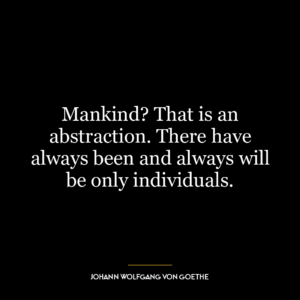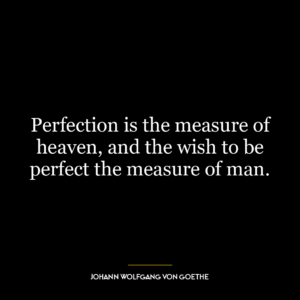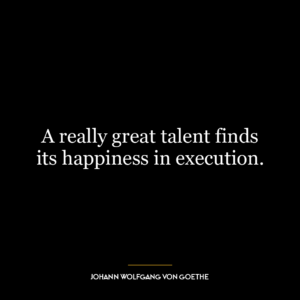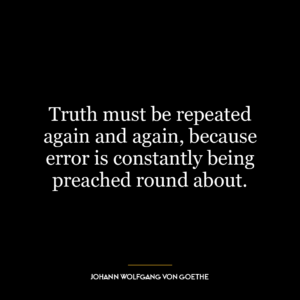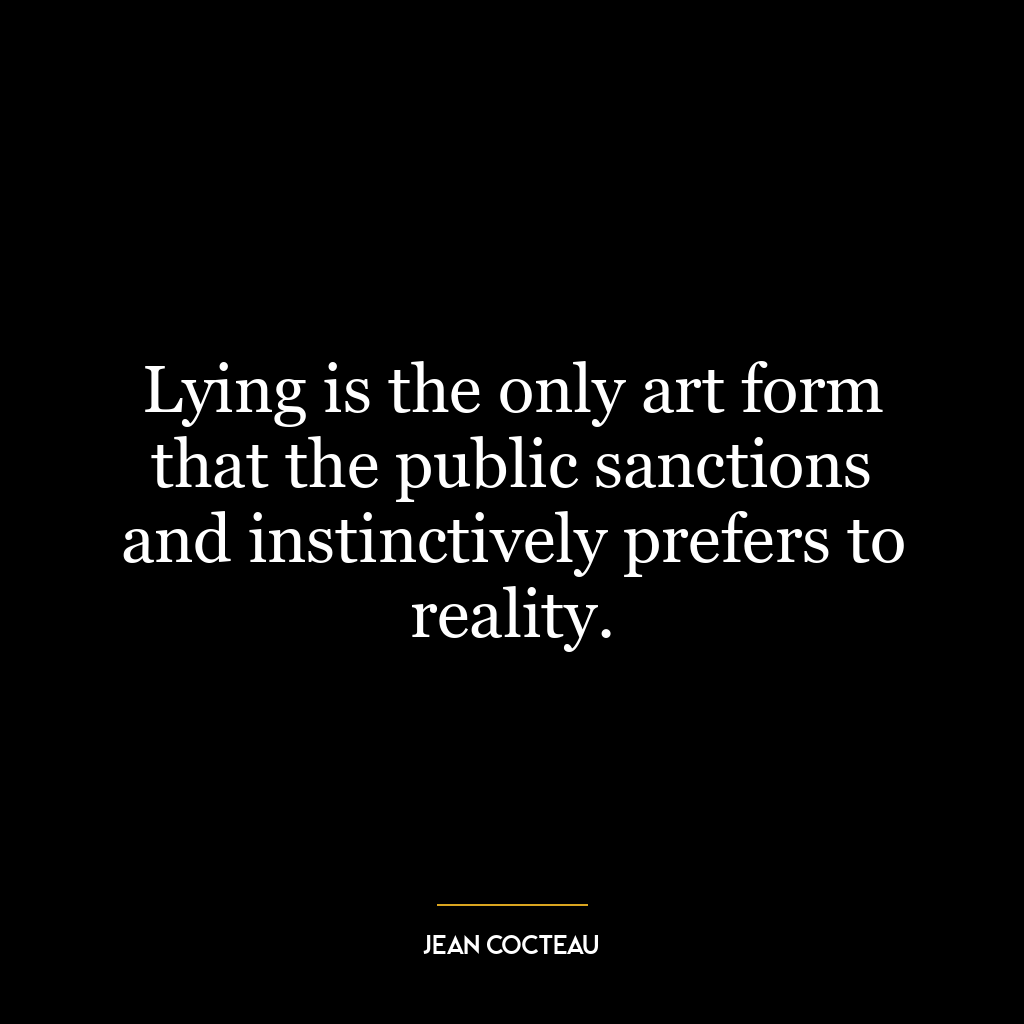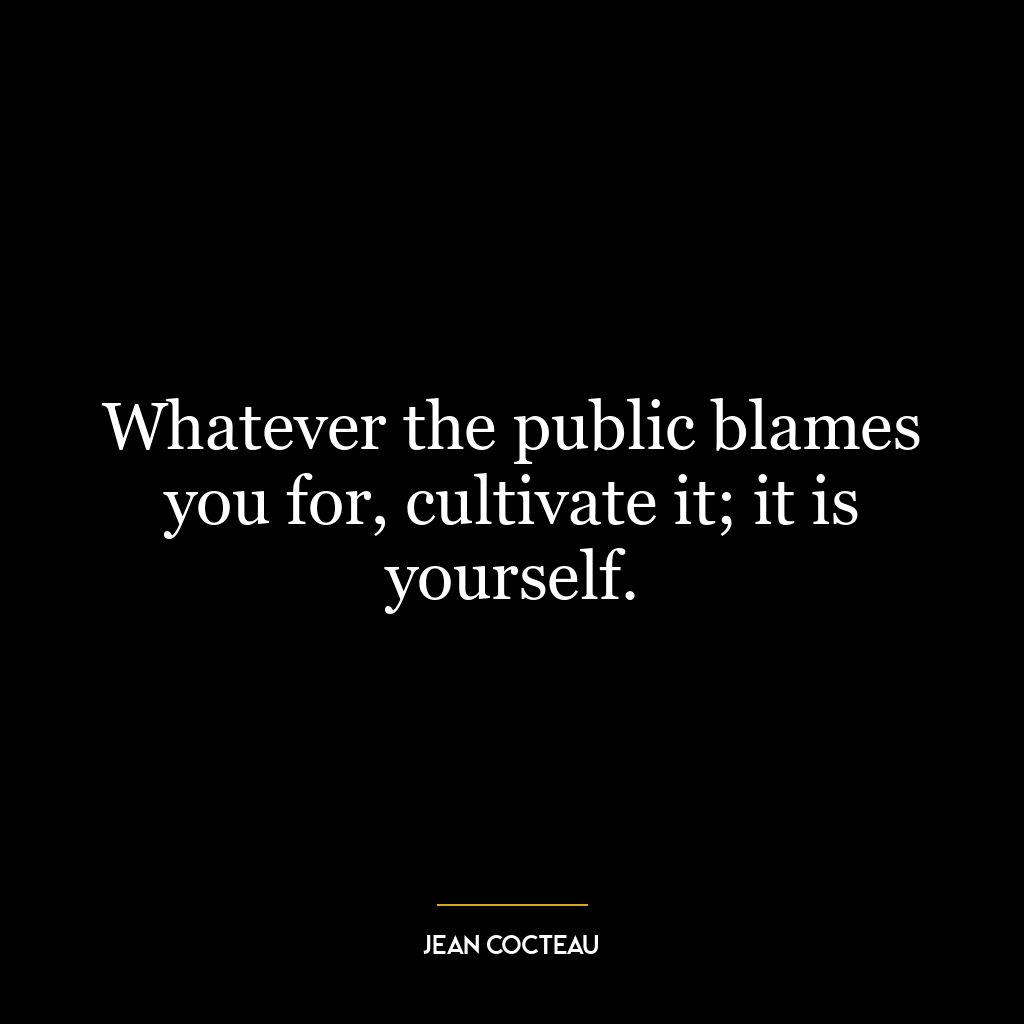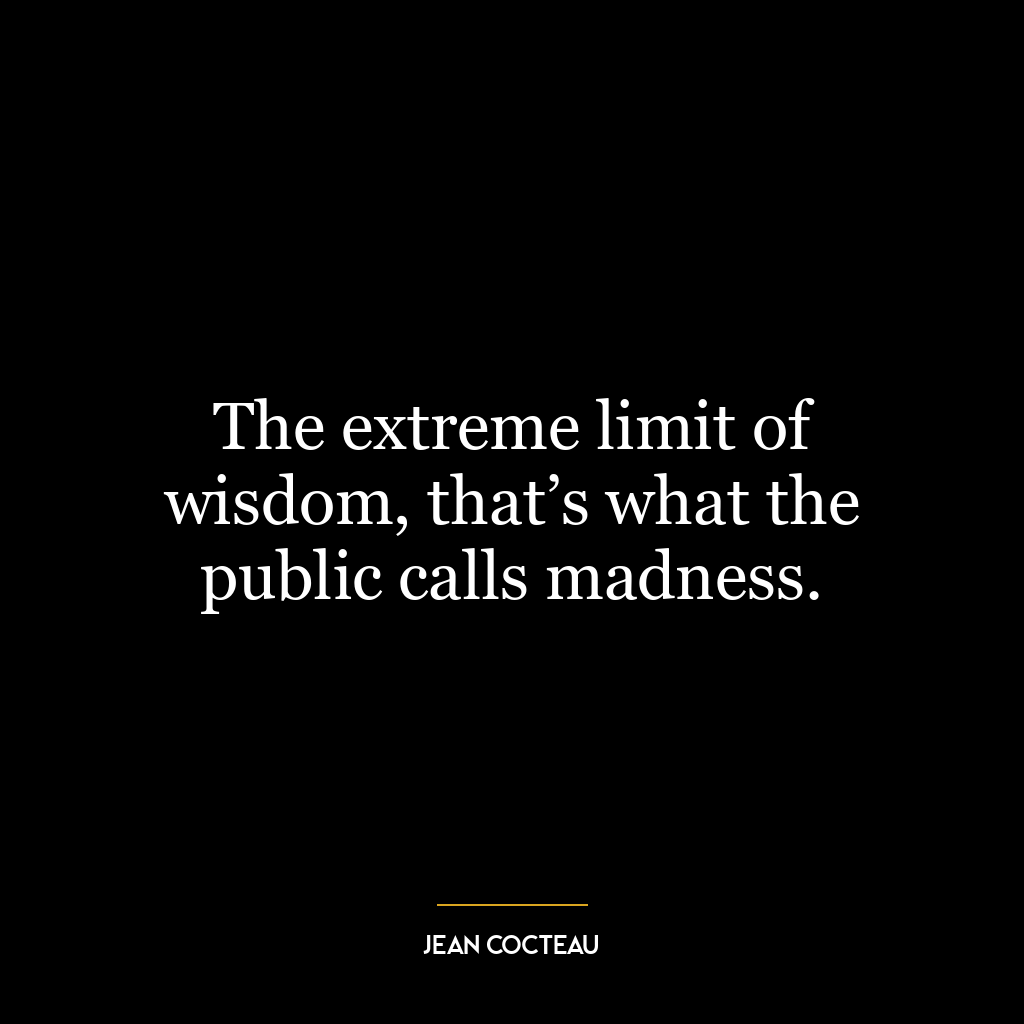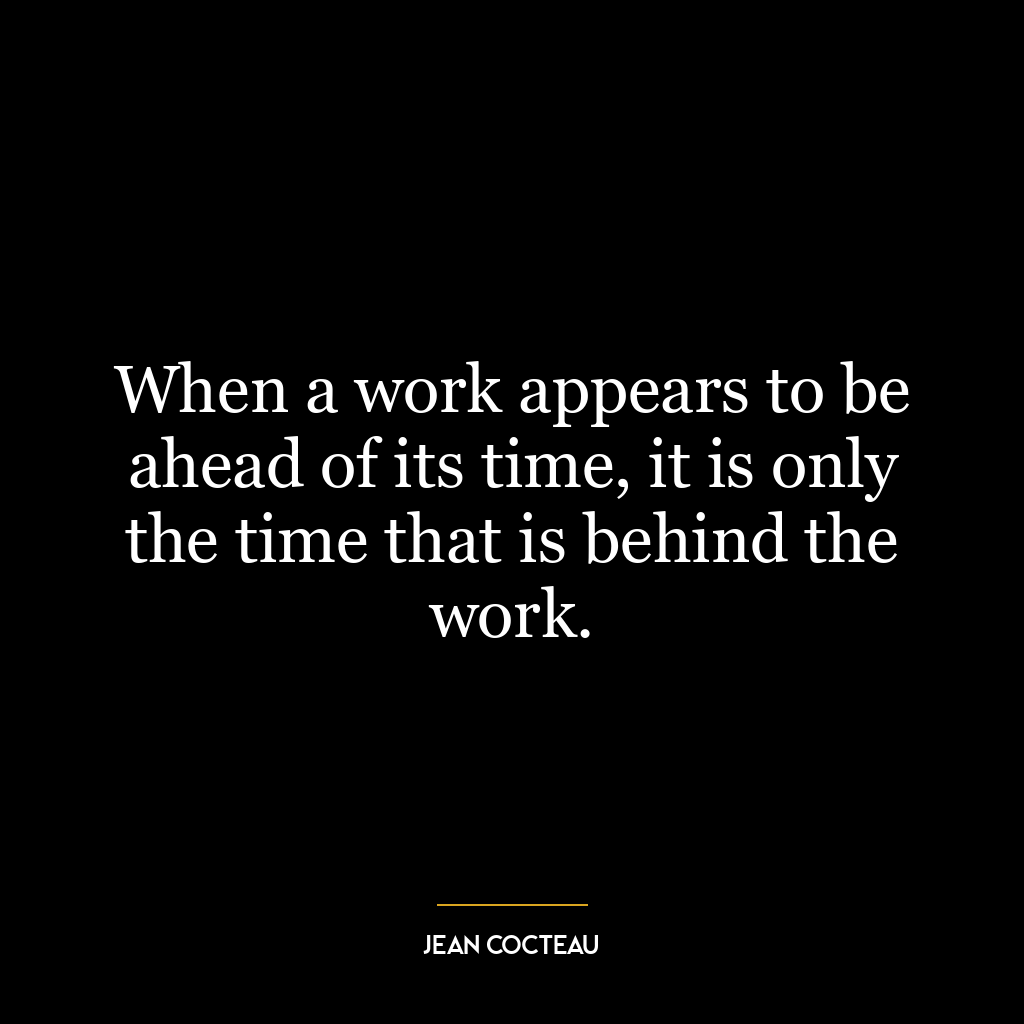This quote suggests that a strong, definite color can be somewhat aggressive to the eye, provoking a reaction or resistance. It implies that our visual perception isn’t passive – instead, it’s an active process where our eyes and brain work together to interpret and respond to the colors we see. This can be likened to how we react to strong opinions or personalities, which can also provoke a reaction or resistance in us.
In the context of color, this opposition could manifest as a physiological response (like squinting or looking away) or a psychological one (like feeling discomfort or unease). This reaction is not necessarily negative; it can also lead to a dynamic, engaged experience of the color, as we grapple with its intensity.
Applying this idea to today’s world, one could argue that the ‘decided colours’ are the strong, polarizing views and ideologies we often encounter in the media and online platforms. Just as decided colors provoke a reaction in our eyes, these strong views can provoke a reaction in our minds, forcing us to reassess our own beliefs and perspectives.
In terms of personal development, this quote reminds us that stepping out of our comfort zones – encountering ‘decided colours’ – can be a powerful catalyst for growth. It can challenge us to reassess our values, beliefs, and assumptions, and drive us to develop a more nuanced, informed perspective. Just as our eyes adapt to intense colors, we too can learn to navigate and engage with the world’s ‘decided colours’ in a way that’s constructive and enriching.




